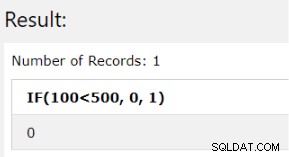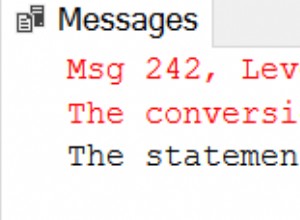Nie sądzę, że możesz użyć funkcji z unikalnym ograniczeniem, ale możesz z unikalnym indeksem . Więc podając funkcję sortującą, coś takiego:
create function sort_array(anyarray) returns anyarray as $$
select array_agg(distinct n order by n) from unnest($1) as t(n);
$$ language sql immutable;
Wtedy możesz to zrobić:
create table mytable (
interface integer[2]
);
create unique index mytable_uniq on mytable (sort_array(interface));
Wtedy dzieje się co następuje:
=> insert into mytable (interface) values (array[11,23]);
INSERT 0 1
=> insert into mytable (interface) values (array[11,23]);
ERROR: duplicate key value violates unique constraint "mytable_uniq"
DETAIL: Key (sort_array(interface))=({11,23}) already exists.
=> insert into mytable (interface) values (array[23,11]);
ERROR: duplicate key value violates unique constraint "mytable_uniq"
DETAIL: Key (sort_array(interface))=({11,23}) already exists.
=> insert into mytable (interface) values (array[42,11]);
INSERT 0 1




